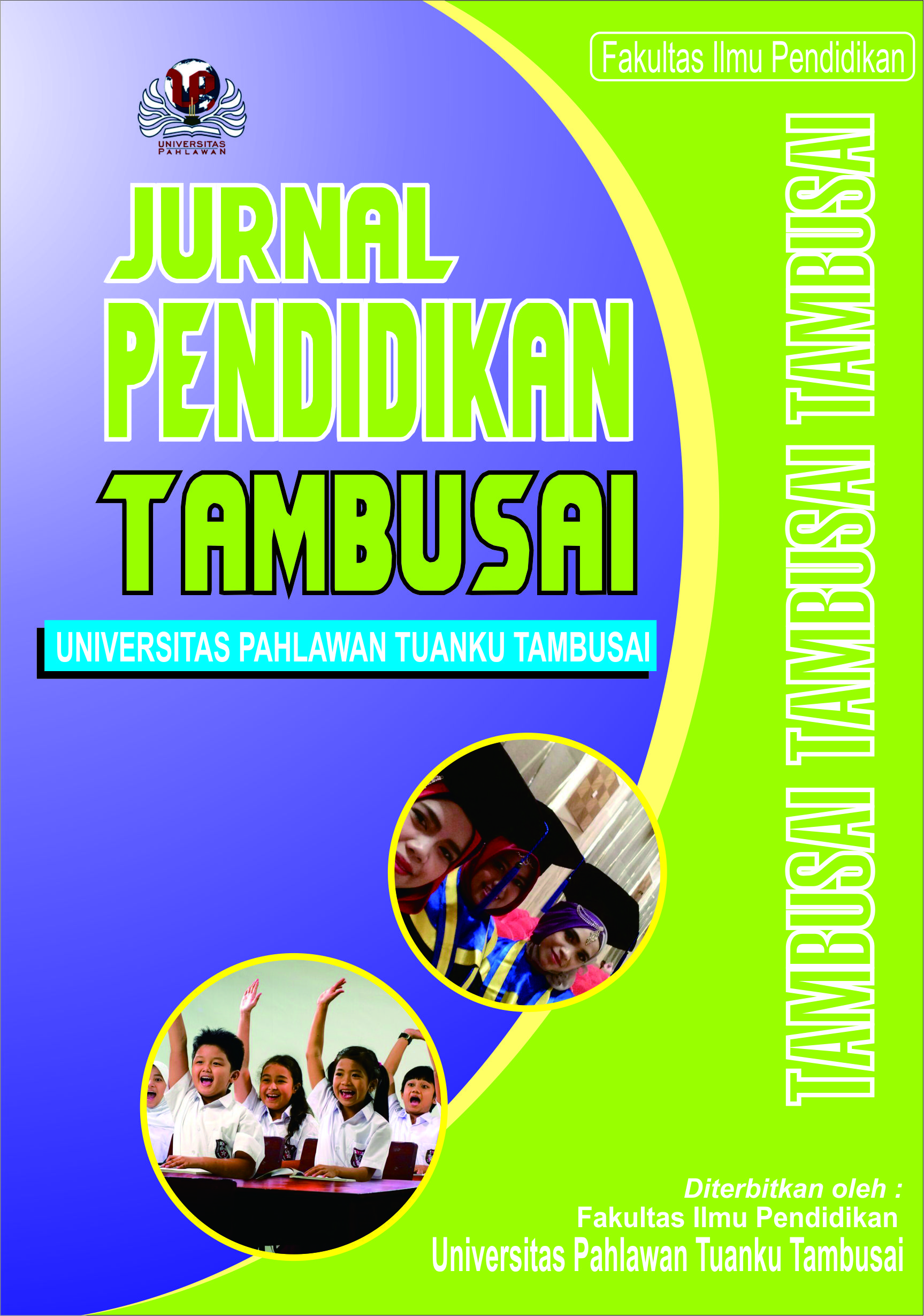Struktur Gerak Color Guard Marching Band Gita Surosowan Banten
DOI:
https://doi.org/10.31004/jptam.v8i1.13942Keywords:
Struktur Gerak, Proses Pelatihan GerakAbstract
References
Anggara, A. (2022, 04 30). Belajar Gerak Dasar Lari Melalui Permainan Tradisional
Asnan, M. R. A., & Handayani, E. W. (2018). Gaya Pertunjukan Color Guard Pada Acara Bandung Marching Band Championship Oleh Komunitas Gita Widya Agni Surabaya. Solah Jurnal Seni Pertunjukan, 8(2).
Erawati, N. M. P. (2018). Mengenal Ragam Gerak dan Jalinan Estetika Tari Bali. Widyadari, 19(2).
Hawin, M. (2019). Hubungan Tingkat Pendidikan Berbasis Islam Anggota Karang Taruna Dengan Kepedulian Sosial. Al-Misbah (Jurnal Islamic Studies), 7(2), 50-54.
Hermawan, M. S. (2020). Marching Band sebagai Pendidikan Berkarakter: Sebuah Solusi Komprehensif Pendidikan Non-Formal Bagi Remaja. Victoria University of Wellington, New Zealand.
Kandou, E. E. (2013). Pengaruh pelatihan dan pengembangan karyawan terhadap produktivitas kerja karyawan (Studi Pada PT. Air Manado). Acta diurna komunikasi, 2(3).
Malik A, I. (2022, 04 13). Marching Band: Pengertian, Manfaat, Komponen, Jenis Alat Musik Marching Band. Retrieved from Etahuanku13.net: https://www.pengetahuanku13.net/2022/04/marching-band-pengertian-manfaat.html?m=1Fitri, W. (2013, 07 29). Color Guard Internasional. Retrieved from Fitri Wulansari: http://fitriwulansari-mbi.blogspot.com/2013/07/colourguard.html?m=1
Meilani, M., Safitri, N. R., & Indah, R. N. (2023). Peran Perpustakaan Pusat Dinas Sejarah Angkatan Darat Dalam Meningkatkan Literasi Sejarah. JIPI (Jurnal Ilmu Perpustakaan dan Informasi), 8(1), 179-194.
Nilamsari, N. (2014). Memahami studi dokumen dalam penelitian kualitatif. WACANA: Jurnal Ilmiah Ilmu Komunikasi, 13(2), 177-181.
Kinardi. (2011). Dunia Marching Band. Jakarta: PT. Eksatama Pertiwi.
Sadiyono, D. S. (2018). What Is Color Guard. Jakarta: Diana.
Sugiono. (2017). Metode Penelitian Kualitatif. Yogyakarta: Alfabeta.
Yusuf, A. M. (2014). Metode Penelitian : Kualitatif, Kualitatif Gabungan. Jakarta : Prenadamedia Group.
Downloads
Published
How to Cite
Issue
Section
Citation Check
License
Copyright (c) 2024 Dinda Faradila

This work is licensed under a Creative Commons Attribution-ShareAlike 4.0 International License.
Authors who publish with this journal agree to the following terms:
- Authors retain copyright and grant the journal right of first publication with the work simultaneously licensed under a Creative Commons Attribution License that allows others to share the work with an acknowledgement of the work’s authorship and initial publication in this journal.
- Authors are able to enter into separate, additional contractual arrangements for the non-exclusive distribution of the journal’s published version of the work (e.g., post it to an institutional repository or publish it in a book), with an acknowledgement of its initial publication in this journal.
- Authors are permitted and encouraged to post their work online (e.g., in institutional repositories or on their website) prior to and during the submission process, as it can lead to productive exchanges, as well as earlier and greater citation of published work (See The Effect of Open Access).



